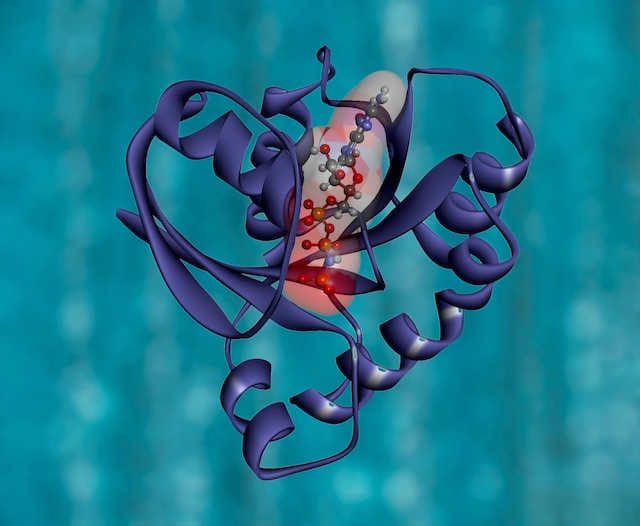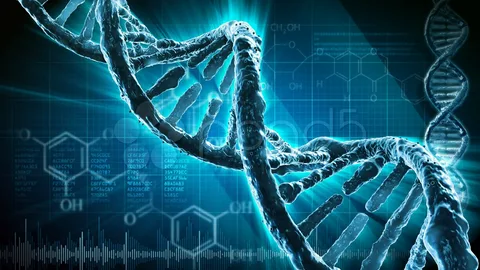Glycoproteins are a type of biomolecule composed of a protein linked to one or more carbohydrate chains. The carbohydrate chains are attached to specific amino acids within the protein structure, forming glycosidic bonds. These complex molecules play crucial roles in various biological processes.
The carbohydrates attached to glycoproteins can consist of simple sugars (monosaccharides) or more complex structures, such as branched chains or repeating units of sugars. The specific arrangement and composition of the carbohydrate chains can vary, giving rise to a diverse array of glycoproteins with different functions.
Glycoproteins are found throughout the body and fulfill numerous essential roles. Here are some reasons why they matter:
- Cell Recognition and Communication: Glycoproteins are involved in cell recognition and communication processes. The carbohydrate chains on the surface of cells can act as markers, allowing cells to identify and interact with one another. These interactions are crucial for various biological functions like immune response, tissue development, and cell signaling.
- Protein Stability and Folding: Carbohydrate chains attached to proteins can affect their stability and folding. They can shield protein surfaces, preventing unwanted interactions and maintaining the protein’s structural integrity. Additionally, glycosylation can influence the folding process and enhance protein stability.
- Immune Response: Certain glycoproteins, such as antibodies, play a significant role in the immune system. The carbohydrate chains on these proteins help in identifying and targeting foreign substances (antigens) for elimination. They facilitate immune responses by binding to antigens, marking them for destruction, and promoting immune cell activation.
- Hormone Function: Glycoproteins are involved in the regulation of various physiological processes as hormones. Examples include follicle-stimulating hormone (FSH) and luteinizing hormone (LH), which are essential for reproductive function. The carbohydrate chains on these glycoproteins are critical for their biological activity and stability.
- Cell Adhesion: Some glycoproteins mediate cell adhesion, enabling cells to stick together and form tissues and organs. They contribute to processes such as wound healing, embryonic development, and maintenance of tissue integrity.
- Disease Biomarkers: Altered glycosylation patterns on glycoproteins can serve as biomarkers for certain diseases. Changes in glycosylation profiles have been observed in various cancers, allowing for diagnostic and prognostic applications.
Understanding the structure and function of glycoproteins is vital for advancing our knowledge of biological systems and developing therapies and diagnostic tools. Manipulating glycosylation patterns could have significant implications in various fields, including medicine, biotechnology, and drug development.










